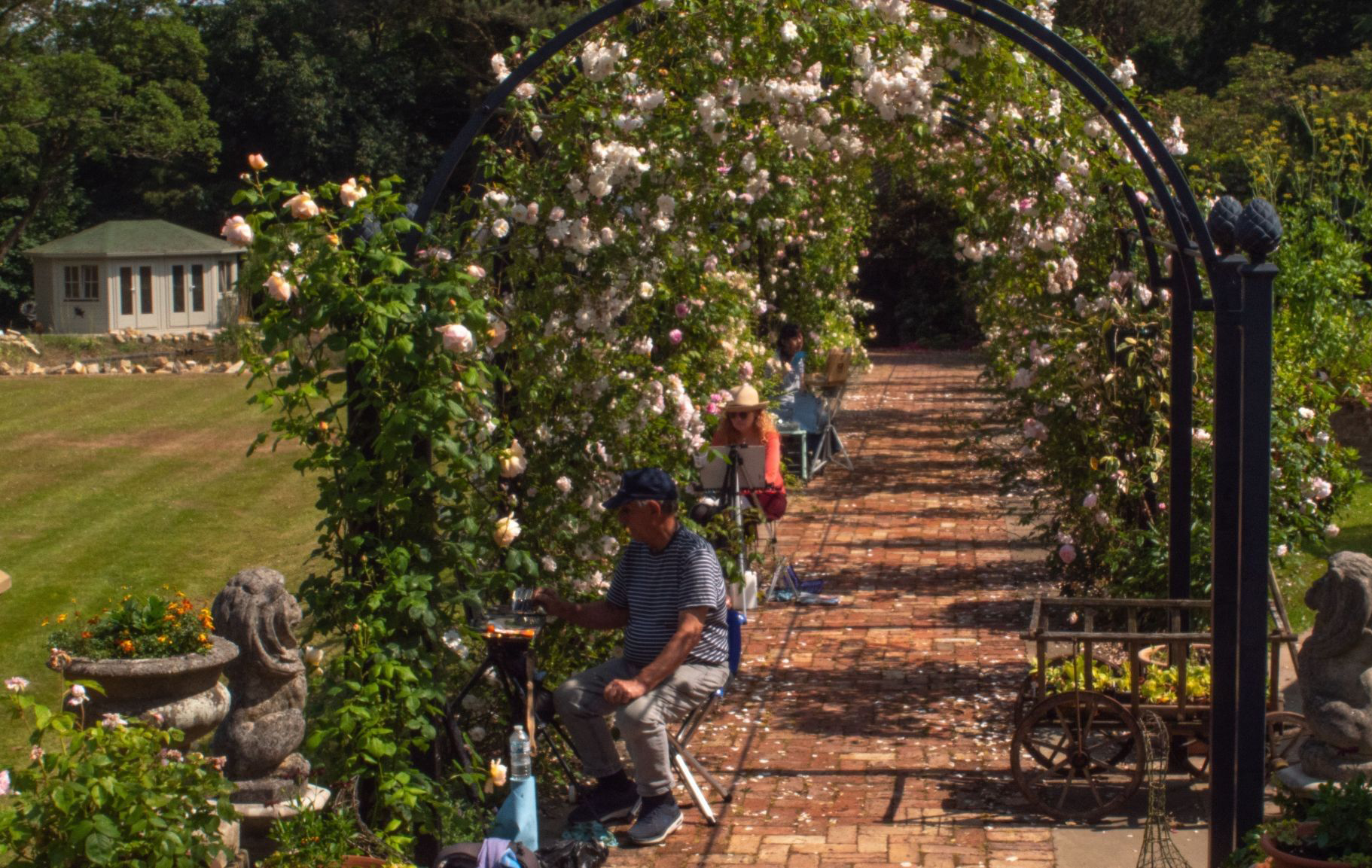
Master Workshops by Rosemary & Co
Dear Artist, We’re excited to announce the teachers for our 'Master Workshops by Rosemary & Co' here in Yorkshire, England,…
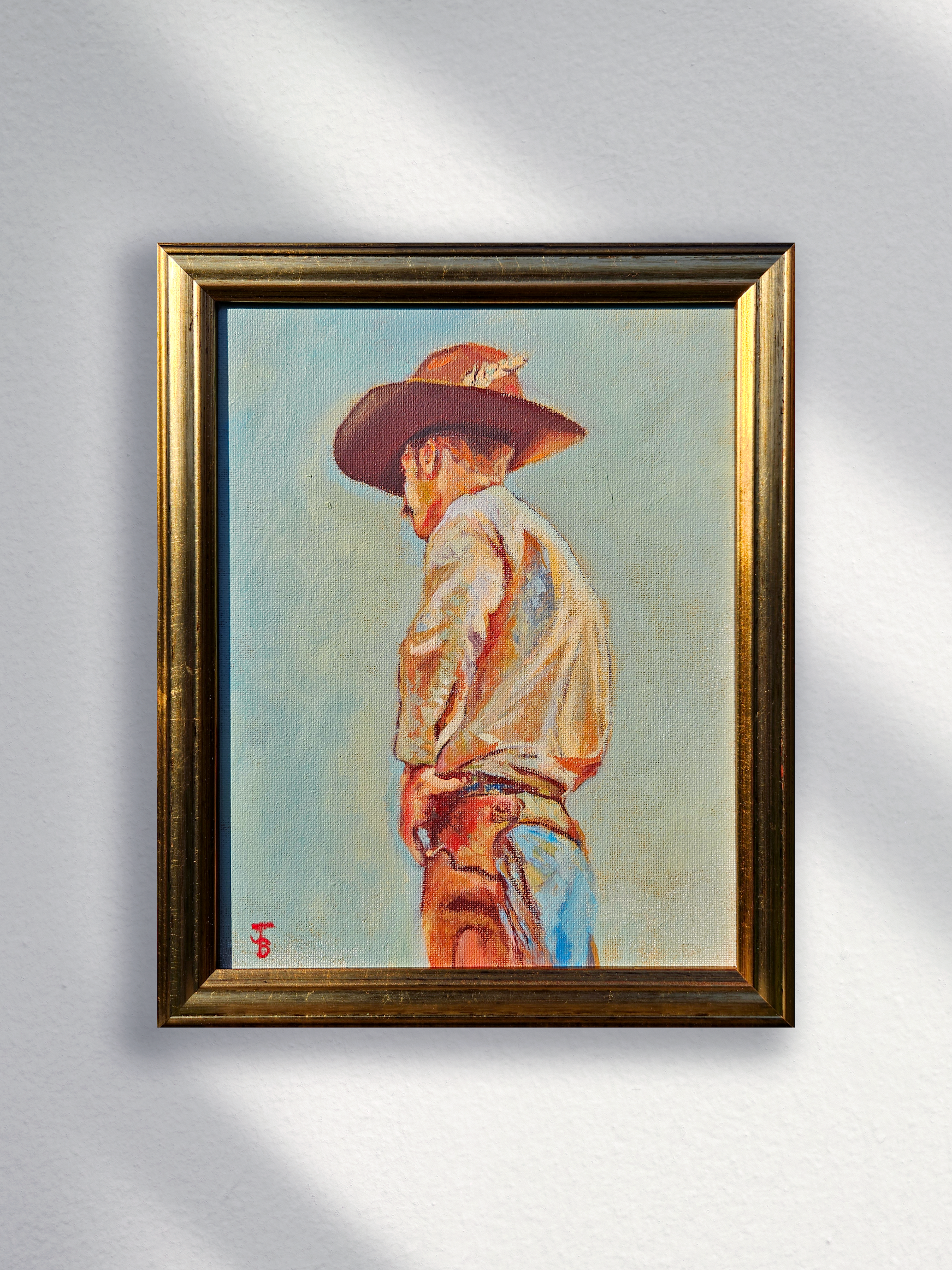
Artist Spotlight: Jack Browning
Jack Browning (b. 1997, London, England) is a contemporary painter and musician whose distinctive interpretations of Western culture resonate through…
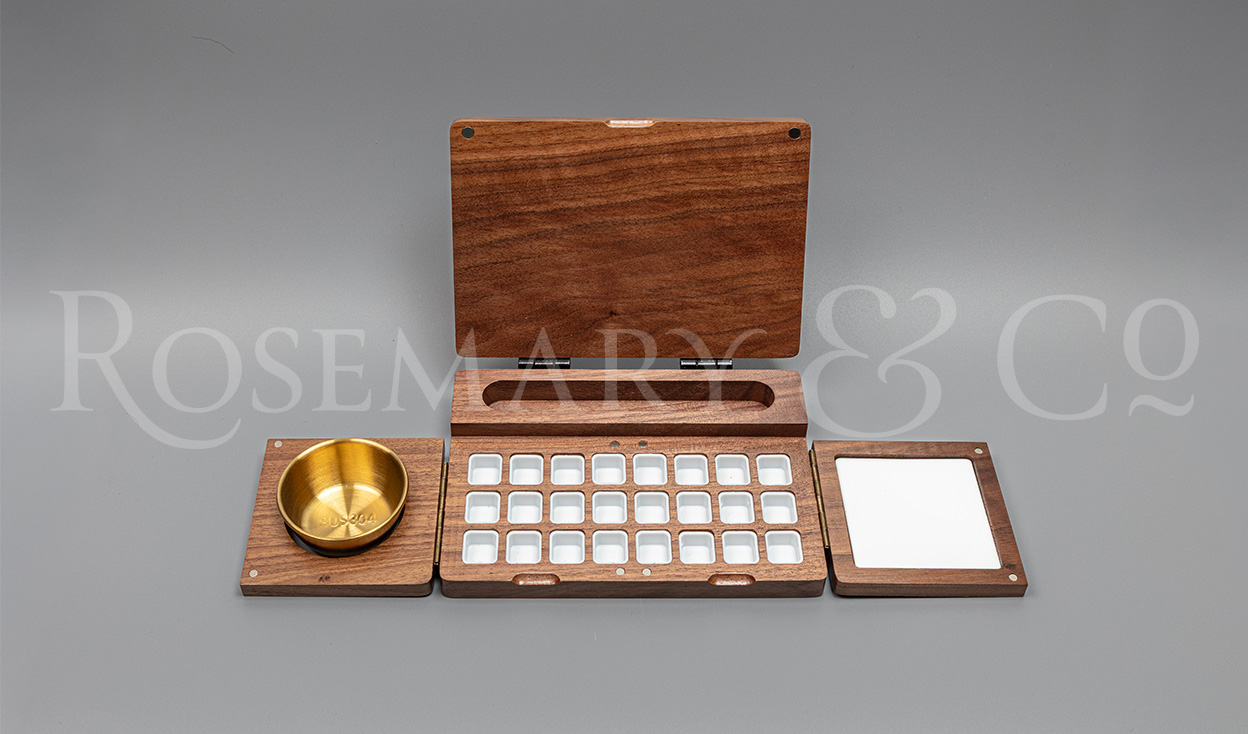
NEW Walnut Travel Paint Box
A beautiful travel paint box, yet practical too. Finished with the R & Co logo on the lid. Made with…
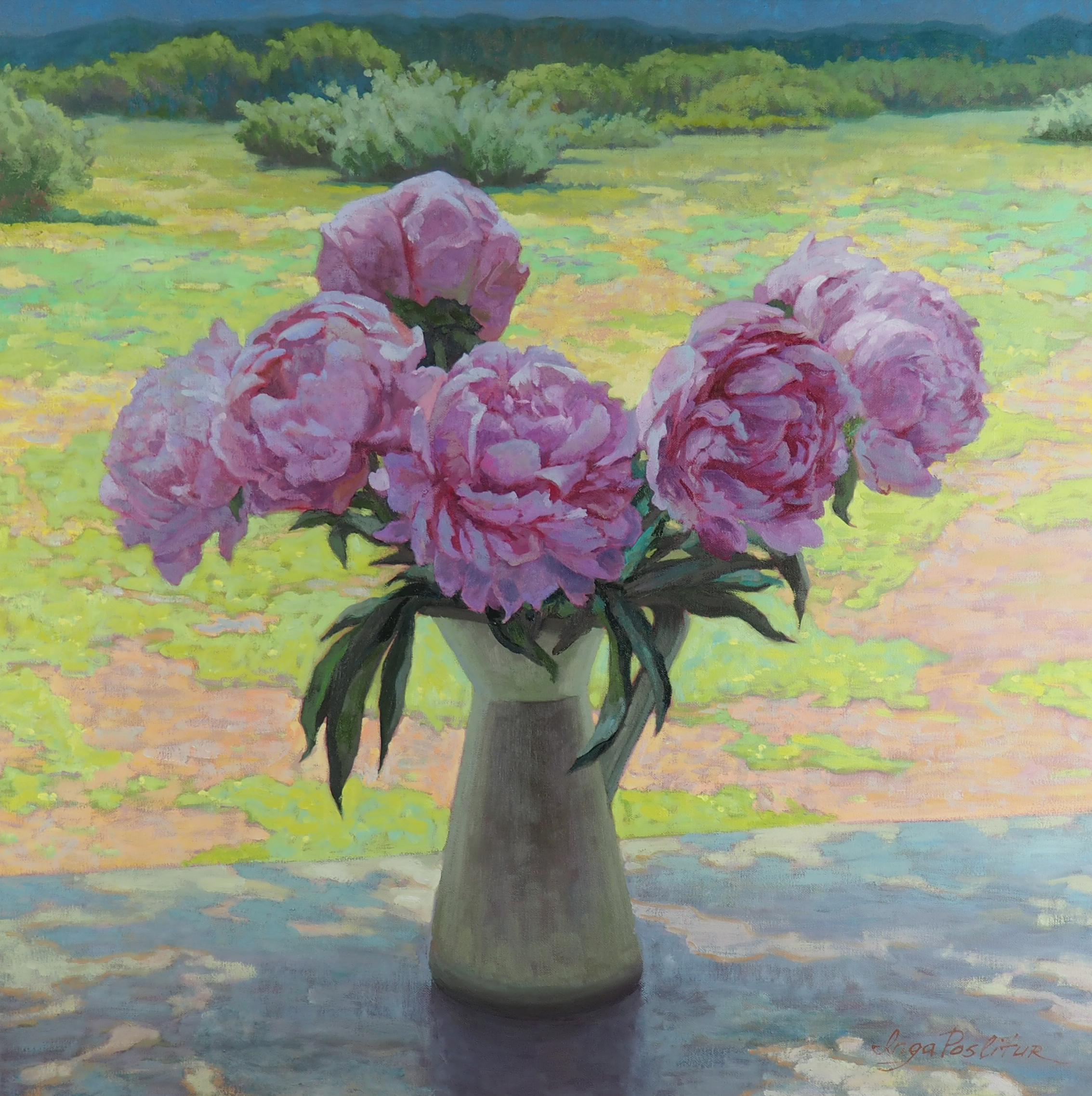
Artist Spotlight: Inga Poslitur
Inga Poslitur (MFA - Hartford University) is a Russian-born, academically trained representational artist who brings a high-level of technical skill…
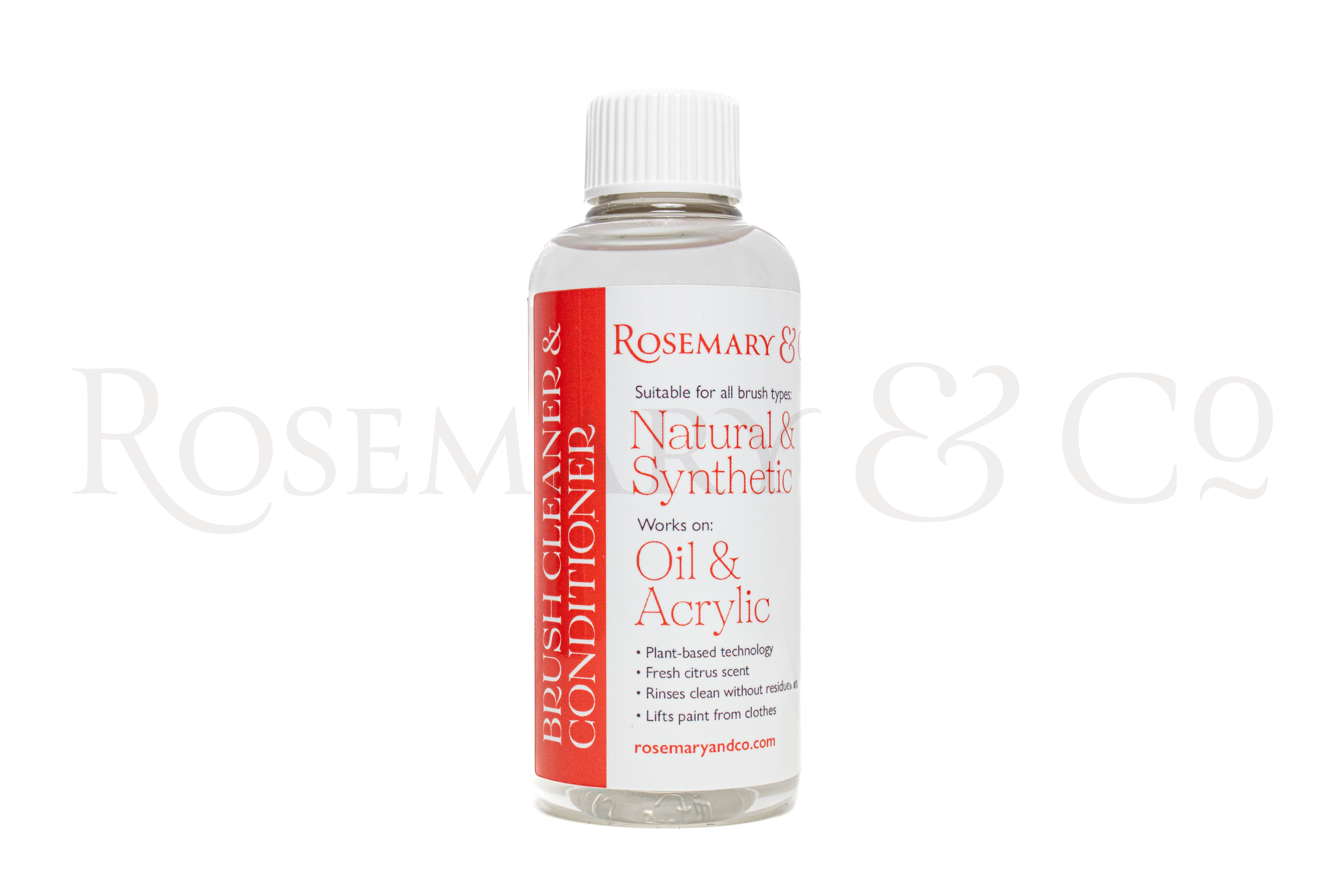
Introducing our Brush Cleaner & Conditioner
Superlative green chemistry Water-based formula Gentle and effective In our unwavering quest towards a greener tomorrow, we continue to blend…

Artist Spotlight: Judy Stach
"Painted sea and Sky Commission with your Cloud Brushes! Cannot live in this World without your help!" - Judy Stach,…
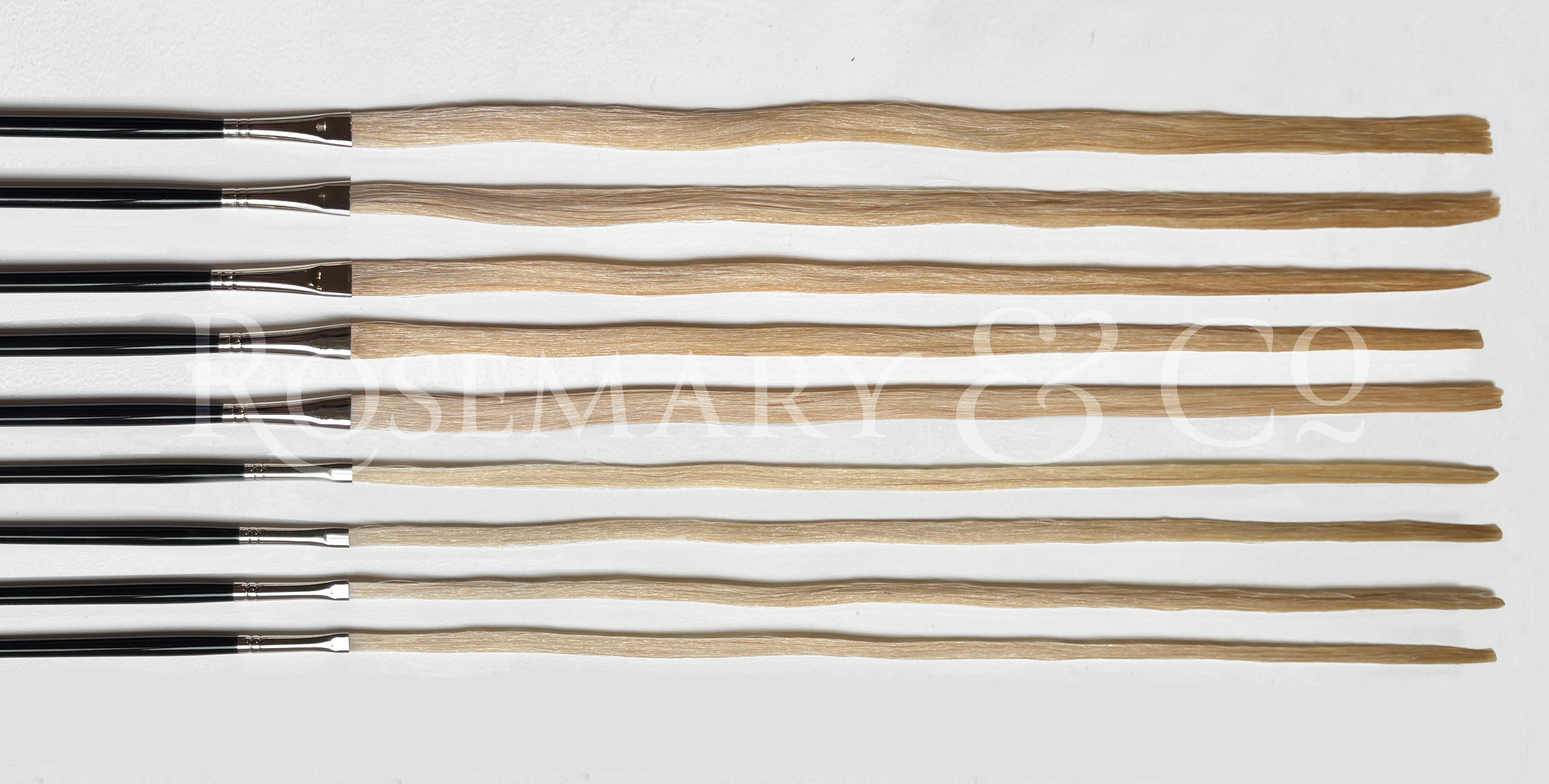
Nicola Dale’s Brushes
"Whenever I tell people I'm an artist, they usually reply: “What do you paint?” and I feel a rising sense…
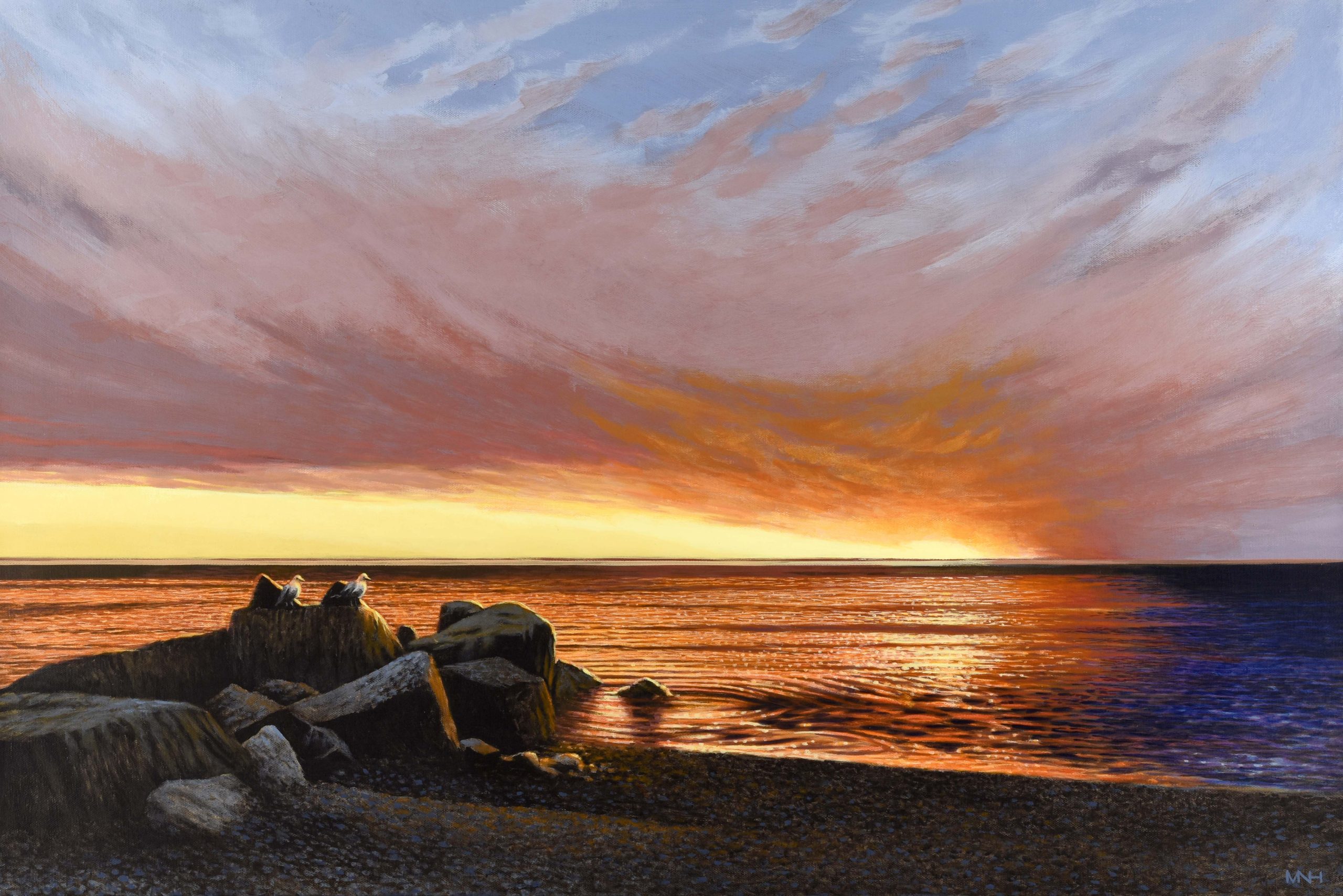
New Day by Markus Neal Humby
"Rosemary's Ivory long filberts are a great choice for acrylic paints. They hold a lot of medium viscosity paint, so…
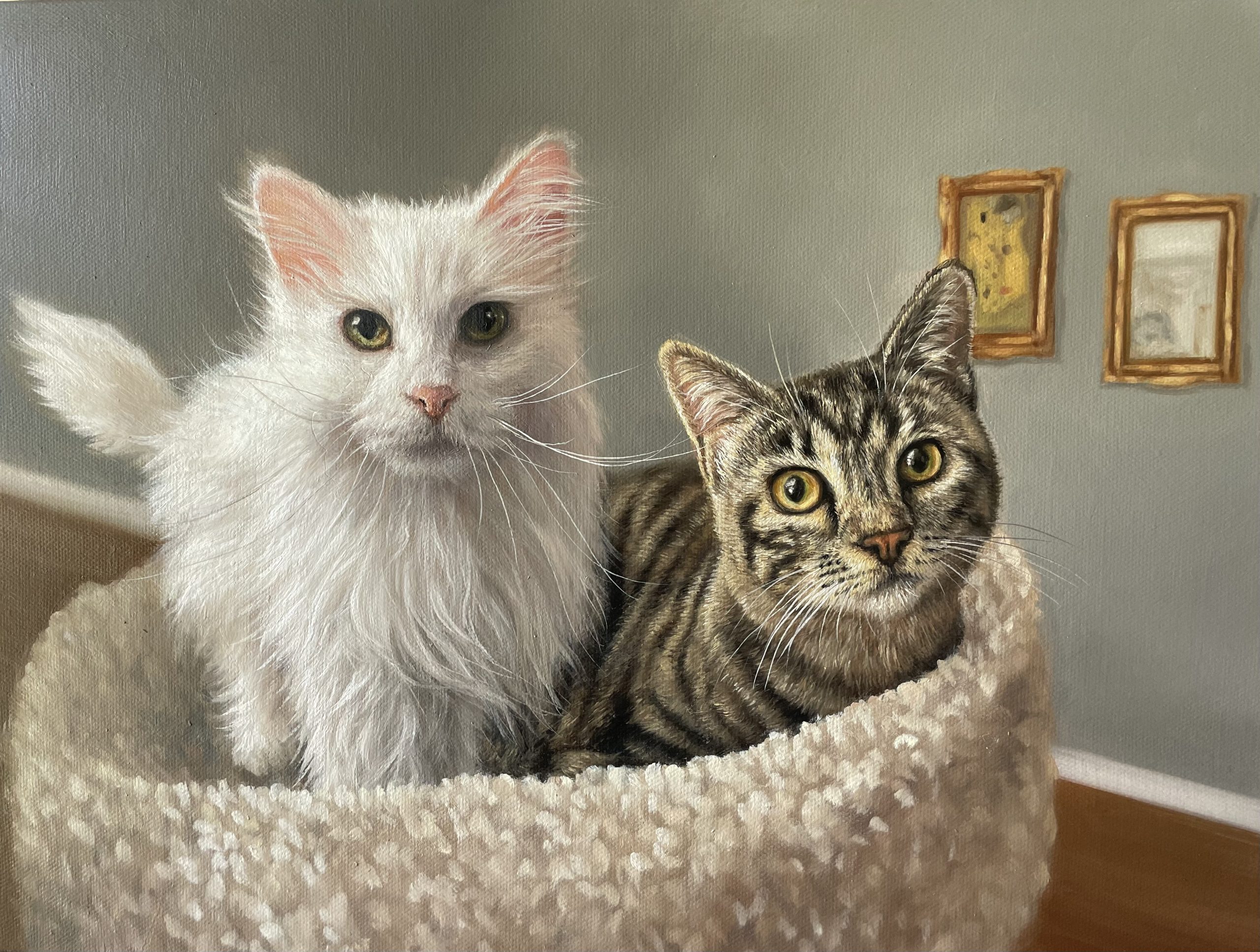
Artist Spotlight: Brittany Dixon
Please share a bit about yourself, as an artist, but also as an individual! I’m a self-taught oil painter from…




